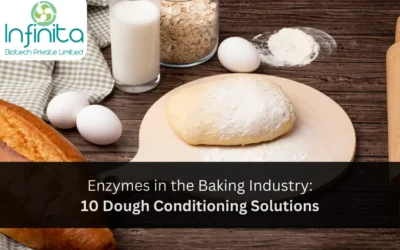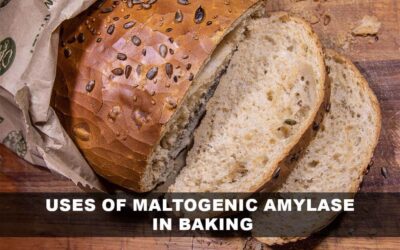Enzymes play a crucial role in the baking industry, offering many benefits that improve dough consistency, product quality, and production efficiency. Understanding the science behind enzymes and their functions is essential for bakers looking to enhance their baking...
Bakery Enzymes Manufacturer
What are Bakery Enzymes?
Baking comprises the use of enzymes from three sources: the endogenous enzymes in flour, enzymes associated with the metabolic activity of the dominant microorganisms and exogenous enzymes which are added in the dough. The use of bakery enzymes as a supplement to the flour and dough has been generally followed and has also been used for flour standardization.
Bakery Enzymes are usually added to modify dough rheology, gas retention and crumb softness in bread manufacture, to modify dough rheology in the manufacture of pastry and biscuits, to alter product softness during cake production and to reduce acrylamide formation in baked goods. The Bakery enzymes can be added individually or in complex mixtures, which may act in a synergistic way in the production of baked goods, and their levels are usually very low.
Extra enzymes added to the dough improve control of the baking process, allowing the use of different baking processes, reducing process time, slowing-down staling, compensating for flour variability and substituting chemical additives
With our range of bakery enzymes, the softness of the bread remains intact and the shelf life is extended. The increase in softness results in relatively few returns of stale bread, which helps to control inventory and logistics of delivery, thus reducing bread waste. Using our enzymes imparts a fluffier, more flavorful texture to muffins, pound cakes, heavy cream cakes, sponge cakes, and more. It also stays fresh and soft for a long time.
In addition to their various benefits in baking, bakery enzymes have also played a crucial role in fostering collaboration between yeast manufacturers and the development of bread flour improvers. These enzymes have enabled yeast manufacturers to enhance their products’ performance by optimizing fermentation and gas production during the bread-making process. By working in synergy with bread flour improvers, bakery enzymes aid in achieving consistent dough rheology, improved gas retention, and ultimately, superior bread quality. This collaboration has paved the way for innovative solutions that address the challenges faced by both yeast manufacturers and bakers, resulting in bread products that boast enhanced texture, extended shelf life, and reduced waste.

Our Solutions
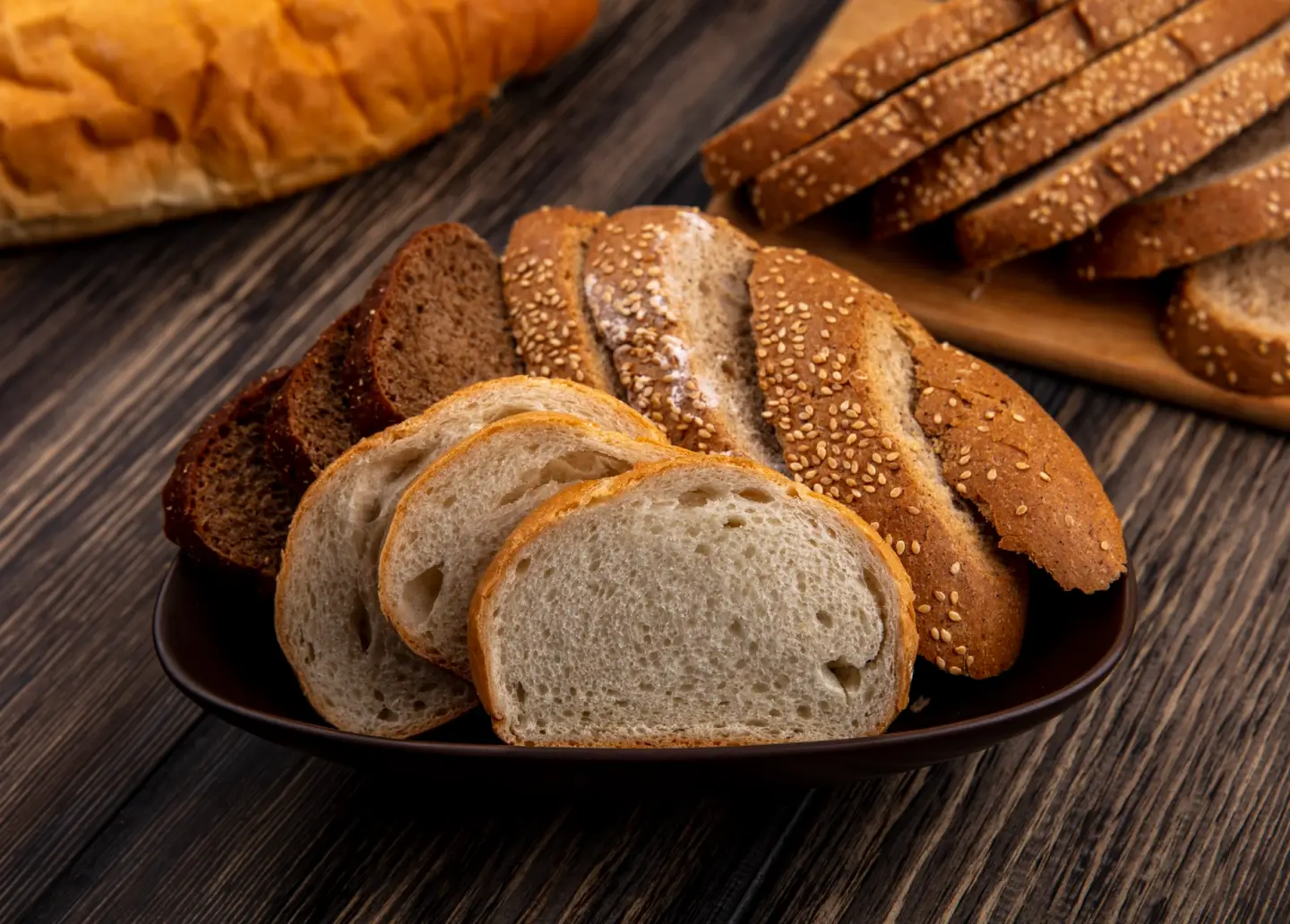
Fungal Alpha Amylase
Enzyme to enhance Fermentation process and to give high loaf volume.Enhances Fermentation Process
Improves Bread Volume
Improves Crumb Texture
Gluco Amylase
Enzyme for optimum dough crumb and crust colours for baked products.Accelerates Yeast Fermentation
Optimum Dough Expansion
Intense Flavour And Colour
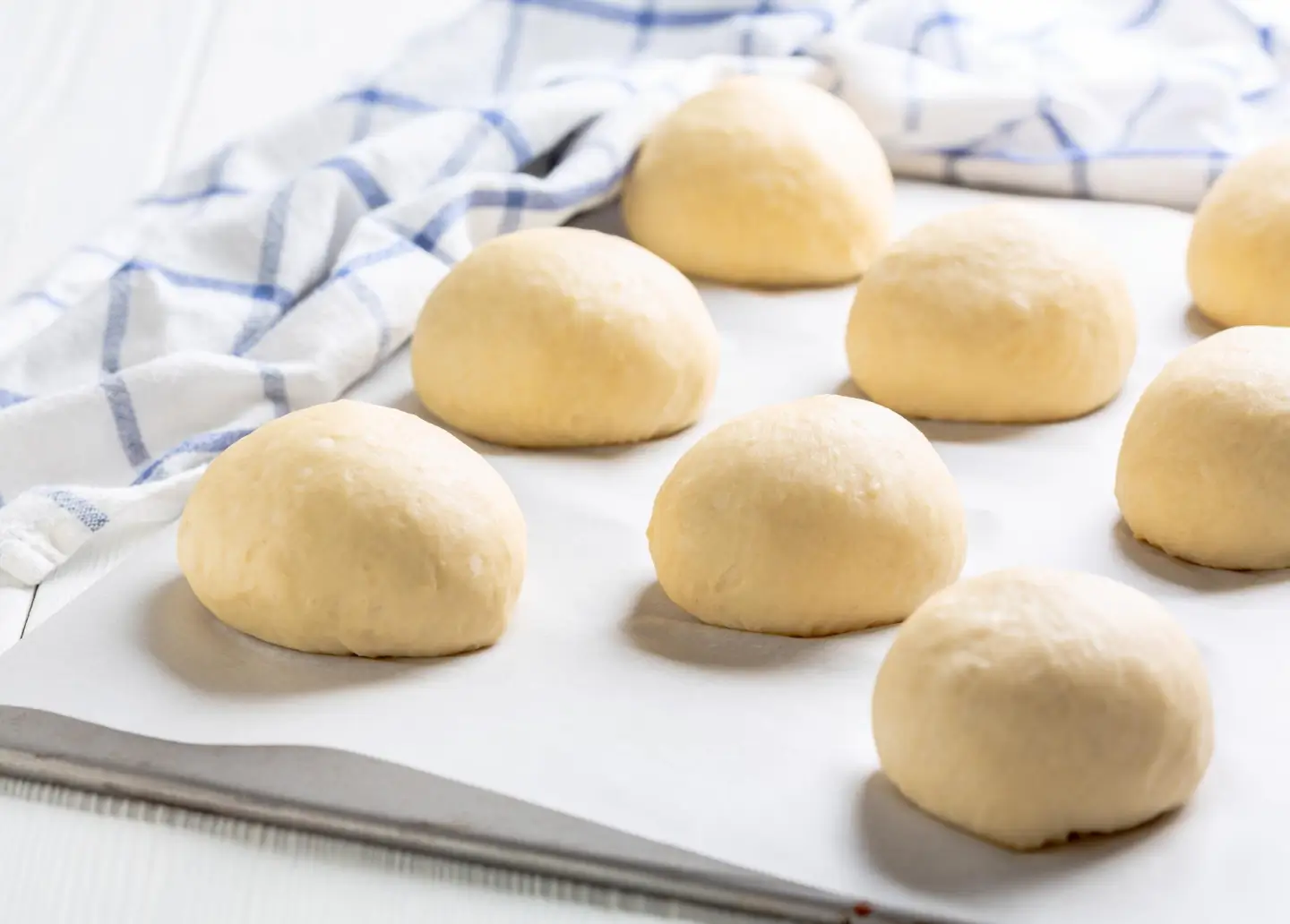

Maltogenic Amylase
Enzyme specially designed for improving shelf life and crumb softness.Improves Shelf Life
Prevents Storage Retrogradation
Reduces Spoilage
Lipase
Modification of natural lipids in flour to strengthen the dough.Increases Dough Tolerance
Improves Loaf Volume
Decreased Stickiness
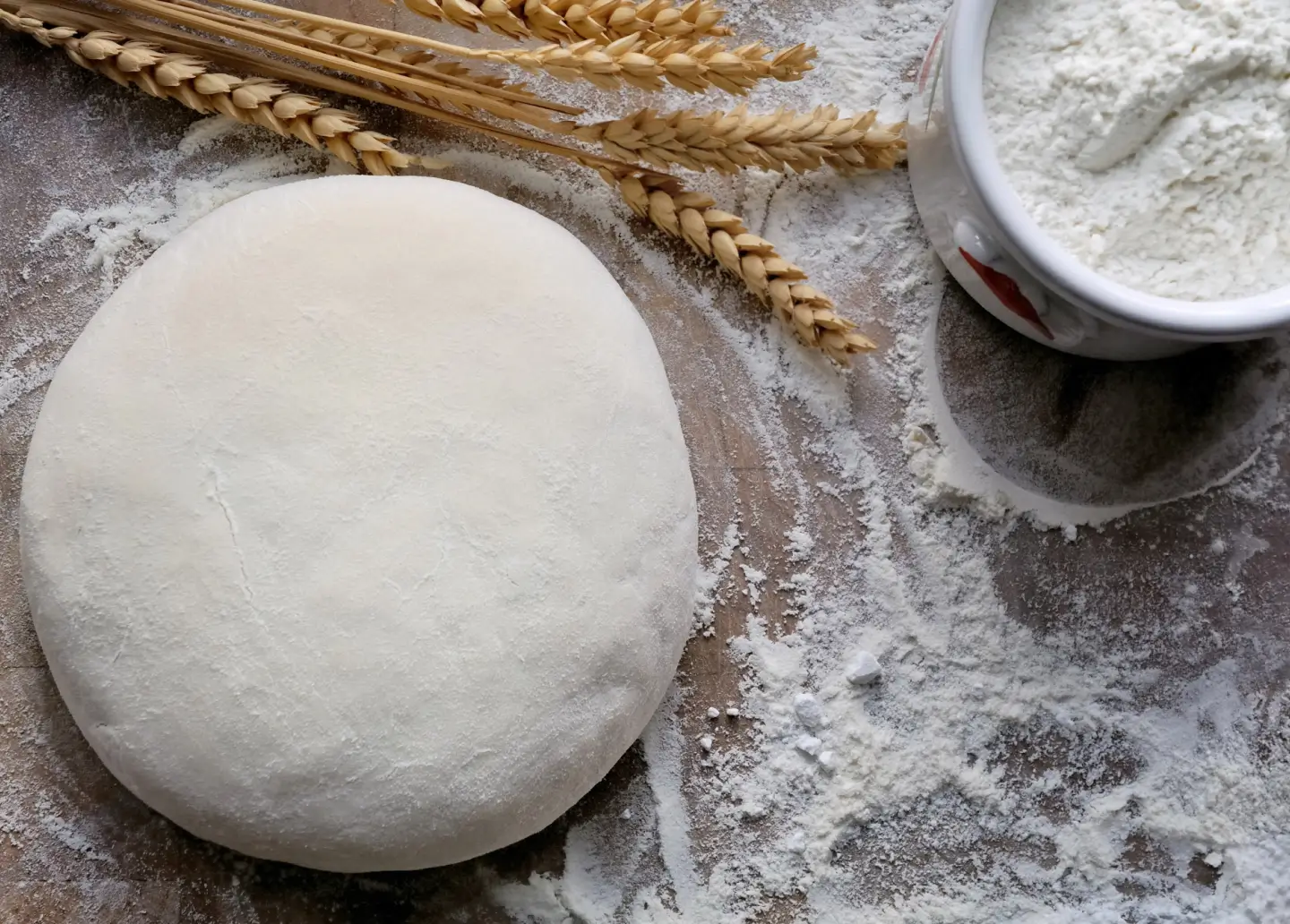

Improvers
Enzyme based improvers designed for all types of baked goods.Enhances Overall Quality
Versatile uses
Offers Consistent Baked Goods
Related Blogs & Insights
Bite into Science: How Bakery Enzymes are Revolutionizing Bread
If you've ever sunk your teeth into a warm, freshly-baked loaf of bread, you know the undeniable pleasure it brings. But have you ever stopped to think about the science behind that delectable treat? Believe it or not, bakery enzymes are playing a pivotal role in...
Uses of Maltogenic Amylase in Baking
The use of enzymes in the baking industry is not new and has been followed for decades. An enzyme is a protein that makes a chemical change in a biological system. In the baking industry, enzymes break starch into maltose, complex sugar into simple sugar, and protein...
Frequently Asked Questions ,Bakery Enzymes Manufacturer
What is the role of alpha-amylase in Baking?
What is fungal alpha-amylase?
What are the enzymes used in the bakery industry?
What is glucose amylase used for?
What is Maltogenic amylase?
For A Greener Tomorrow
Committed to advancing eco-friendly biotechnology for a healthier planet.
